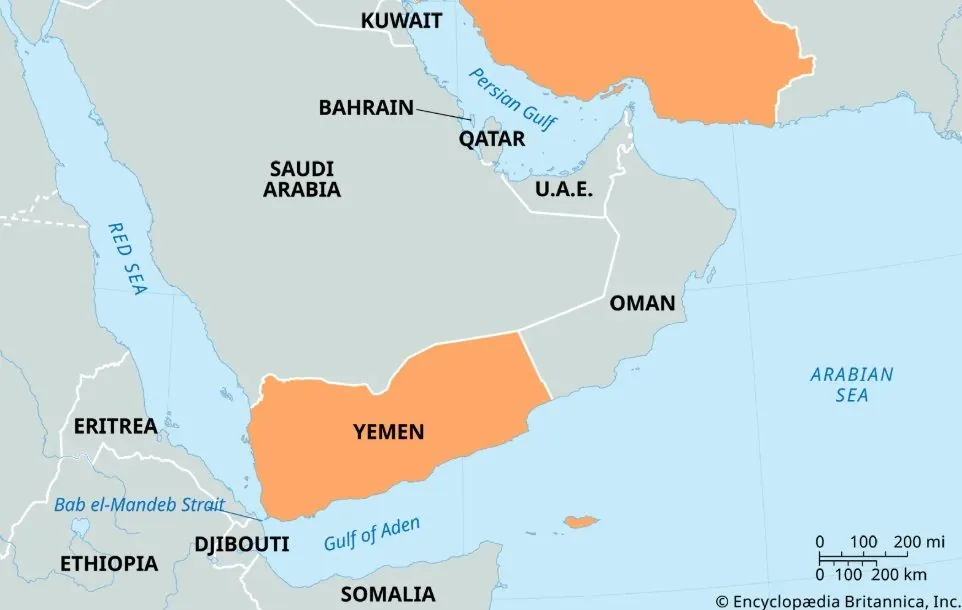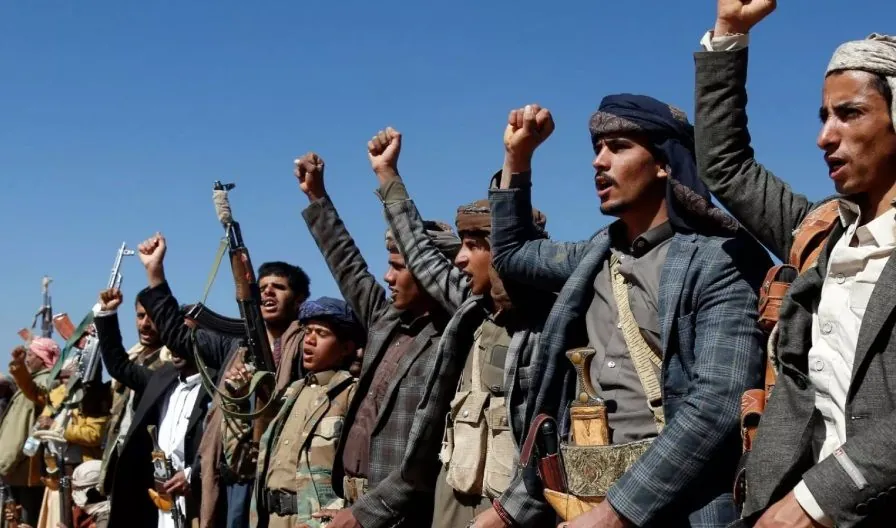Geneticists reveal the secret of the origin of modern Yemenis
Kyiv • UNN
The researchers analyzed the genomes of Yemenis and found two main gene flows - from Palestine 5220 years ago and from East Africa 750 years ago. The results show a mix of Levantine and African genetic markers.

The researchers analyzed 46 whole genomes and 169 genotype arrays of Yemeni individuals, as well as 351 comparative genotype arrays from neighboring populations.
Transmits UNN with reference to Scientific Reports.
Details
Researchers from Khalifa University, Saudi Arabia, working with regional and international colleagues, have studied Yemeni DNA to find out how migrations from the Levant, Arabia, and East Africa shaped the modern Yemeni gene pool.
In the study, titled “Human Migration from the Levant and Arabia to Yemen since the Last Glacial Maximum,” the researchers analyzed 46 whole genomes and 169 genotype arrays of Yemeni people, as well as 351 comparative genotype arrays of neighboring populations.
Experts were specifically looking for signals of migration from the Levant, Iran, and longtime trading partners, as well as the presence of genetic traits outside of Africa.

The paternal Y-chromosome haplogroups were dominated by J1, a marker associated with Southwest Asia, indicating ancient ties to the Levant and Arabia through the male line.
Mitochondrial DNA haplogroups revealed a significant African matrilineal influence.
Almost one-third of Yemeni samples carry African-specific mtDNA haplogroups, such as L2a1, the most common haplotype in sub-Saharan Africa. This suggests strong gene drift through females from East Africa to Yemen.
The frequencies of Neanderthal alleles in the population hint at exchanges that may have occurred early in the migration from Africa and were similar to those found elsewhere in Arabia.
Two major gene flow events emerge from the data: one about 5220 years ago involving the population of Palestine, and the other about 750 years ago involving East African groups.
HelpHelp
Yemen is a country in southwestern Asia, bordering Saudi Arabia to the north and Oman to the east. Covering an area of approximately 455,000 square kilometers, with a coastline of approximately 2,000 kilometers, Yemen is the second largest country on the Arabian Peninsula.
Sanaa is its constitutional capital and largest city. Yemen has an estimated population of 34.7 million people, mostly Muslim Arabs.
Due to its geographical location, Yemen has been at the crossroads of many civilizations for over 7,000 years. In 1200 BC, the Sabeans formed a thriving trading kingdom that included parts of modern-day Ethiopia and Eritrea.
In 275 AD, it was replaced by the Himyarite Kingdom, which covered most of the modern territory of Yemen and was strongly influenced by Judaism.
Christianity came to Yemen in the fourth century, and the seventh century saw the rapid spread of Islam. Yemeni troops played a decisive role in the early Islamic conquests.
During the 19th century, the country was divided between the Ottoman and British empires.
Recall
Yemeni Houthi rebels are at the center of tensions in the Middle East.
Yemen's Houthi rebels are at the center of growing tensions in the Middle East.
The Houthis are an armed political and religious group that identifies with Yemen's Shiite Muslim minority, the Zaidis. Along with Hamas and Lebanon's Hezbollah, the group positions itself against Israel, the United States, and the West.
The group was founded in the 1990s by Hussein al-Houthi, but the world first heard of its existence in the early 2000s, when it fought against Yemen's longtime authoritarian President Ali Abdullah Saleh.
In 2011, during the Arab Spring, Saleh handed over power to his deputy Abdrabbuh Mansour Hadi. It was during Hadi's turbulent rule that Iranian-backed Houthi rebels broke out of their northern Yemeni stronghold and captured the capital Sanaa in 2014.
In 2015, the group forced Hadi to flee abroad after seizing part of the country.

A Saudi-led coalition intervened to try to restore the Yemeni government, recognized by the international community as being in exile, but the conflict eventually escalated into a war that devastated the country, killing 150,000 people, including civilians and combatants, and creating a humanitarian catastrophe. The war ended with a ceasefire more than a year ago, but permanent peace has yet to be achieved.
Israel reports another intercepted missile strike from Yemen05.01.25, 11:32 • 42802 views